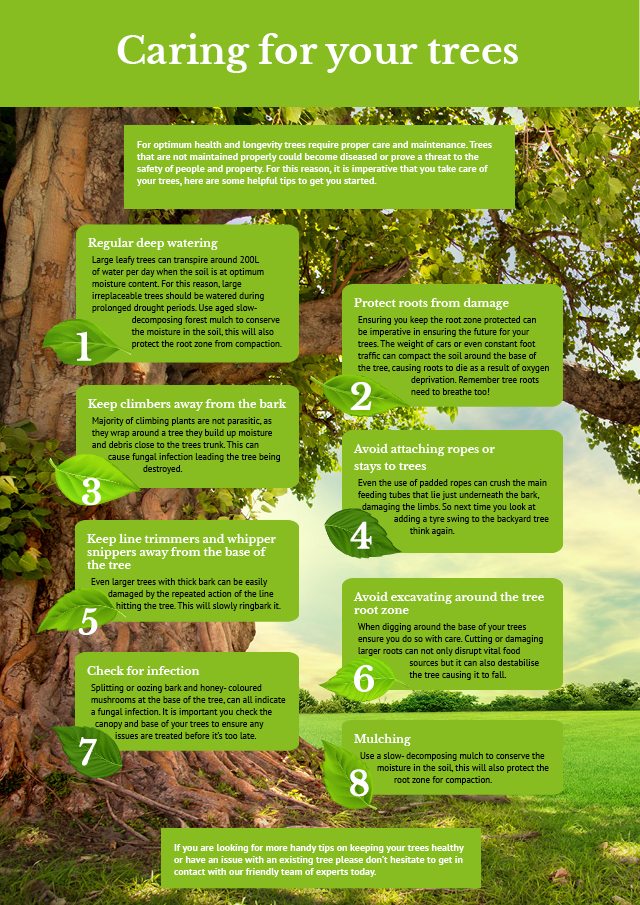Protecting Your Landscape: Replanting After Tree Elimination
Protecting Your Landscape: Replanting After Tree Elimination
Blog Article
visit link Created By-Donovan Gravesen
Tree removal can leave a void in your landscape that requires dental filling. You can grow something brand-new in that space, however it takes extra care and focus at the starting to assist it flourish.
The dirt in that location will keep transforming over time as bacteria break down the old roots. That can influence the nutrition balance and physical space for new development.
Dirt
The dirt in a plot where a tree has actually been eliminated is likely to be extremely various from the rest of your yard or lawn. The origins of the old tree and the stump will certainly have changed the soil, getting rid of some nutrients and possibly crowding out other plants. Furthermore, if the previous tree was diseased, the infectious representative may still remain in the ground.
The existence of origins cultivates a rich and varied neighborhood of soil microbes that boosts vital processes like nutrition cycling and raw material disintegration. Without these microorganisms, the displaced soil can end up being less fertile and nutrient-depleted, with an adverse influence on plant growth.
Prior to replanting, the dirt needs to be eliminated of particles and organic material (such as wood chips from stump grinding). You might wish to mix in potting dirt or indigenous dirt with this compost to provide your new growing with an environment that is well balanced and full of nutrients.
Water
Tree roots soak up large amounts of water from the dirt. This process additionally includes nutrients back to the dirt, specifically nitrogen, which is essential for new trees and plants. However, old soil can be depleted of these important minerals as a result of the decaying roots and stump from a removed tree.
becoming an arborist is why it is very important to have a plan for the future of your landscape. Preferably, the best time to plant is when you have a clean slate.
Whether linked web page planting lawn or blossoms, make sure to utilize a soaker hose to avoid overwatering your brand-new landscaping. If the location was a garden, make certain to cover the soil with organic mulch to assist keep dampness in the soil, control dirt temperatures and subdue weeds. This additionally gives a layer of protection for young plants and promotes worm task. After that, frequently restore the mulch to continue improving the soil nutrient thickness and microbial life. This is called dirt restoration.
Light
Trees are a great enhancement to any kind of landscape, supplying color, aesthetic pulchritude, and several various other benefits. Nevertheless, in some cases trees become unpleasant due to a variety of factors, including disease, insect invasions and all-natural aging.
In such situations, it may be needed to eliminate a tree. It's important to take into consideration the worth of a certain tree in your landscaping and take the proper steps to ensure that the elimination is done securely and efficiently.
During the late summer, it's a perfect time to execute maintenance and evaluations on existing trees. Try to find indications of condition, insect invasions, or architectural damage, as well as any potential threats such as damaged or leaning trees.
Before starting any kind of building projects, make certain to secure the origin areas of existing trees by preventing soil compaction and grading around them. Organic matter, as it breaks down, can produce poisonous gases that are harmful to the roots of a tree. It's additionally an excellent concept to mulch the area around a tree after building has actually finished to conserve wetness and subdue weed development.
Temperature level
Trees are essential to a landscape for their visual charm, but they likewise play an important duty in the regional ecosystem by offering shade and windbreaks. They sustain wildlife habitats and reduce the quantity of carbon dioxide in the air, which can add to worldwide warming. This is why it is suggested to replant trees after removing one from the property.
When replanting a new tree in the place of a previous stump, the dirt may not have enough nutrients to support it. It is best to wait for a year prior to growing to make certain that the dirt will be abundant in nutrients.
To make sure that replanted trees thrive, it is important to give them with correct treatment. A layer of mulch will maintain soil wetness from evaporating, manage soil temperature level, and help reduce weeds. Organic compost is the favored choice since it improves soil fertility. Recurring fertilizing and parasite control are also crucial for replanted trees.